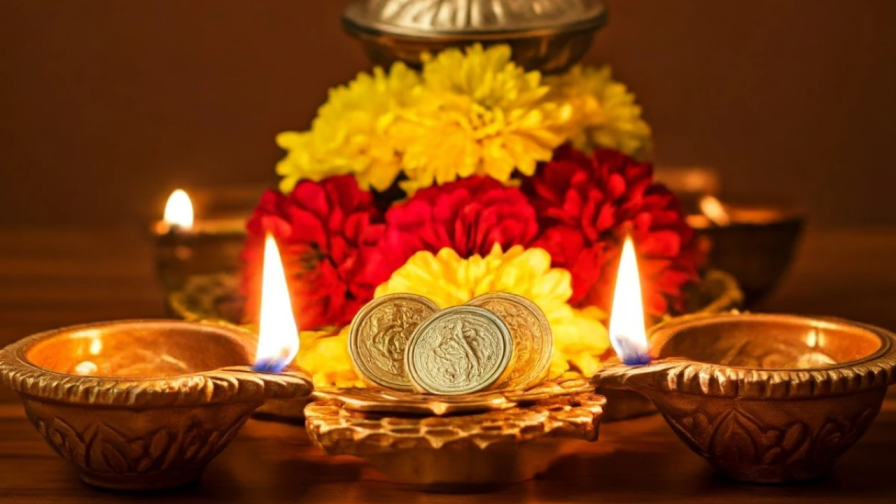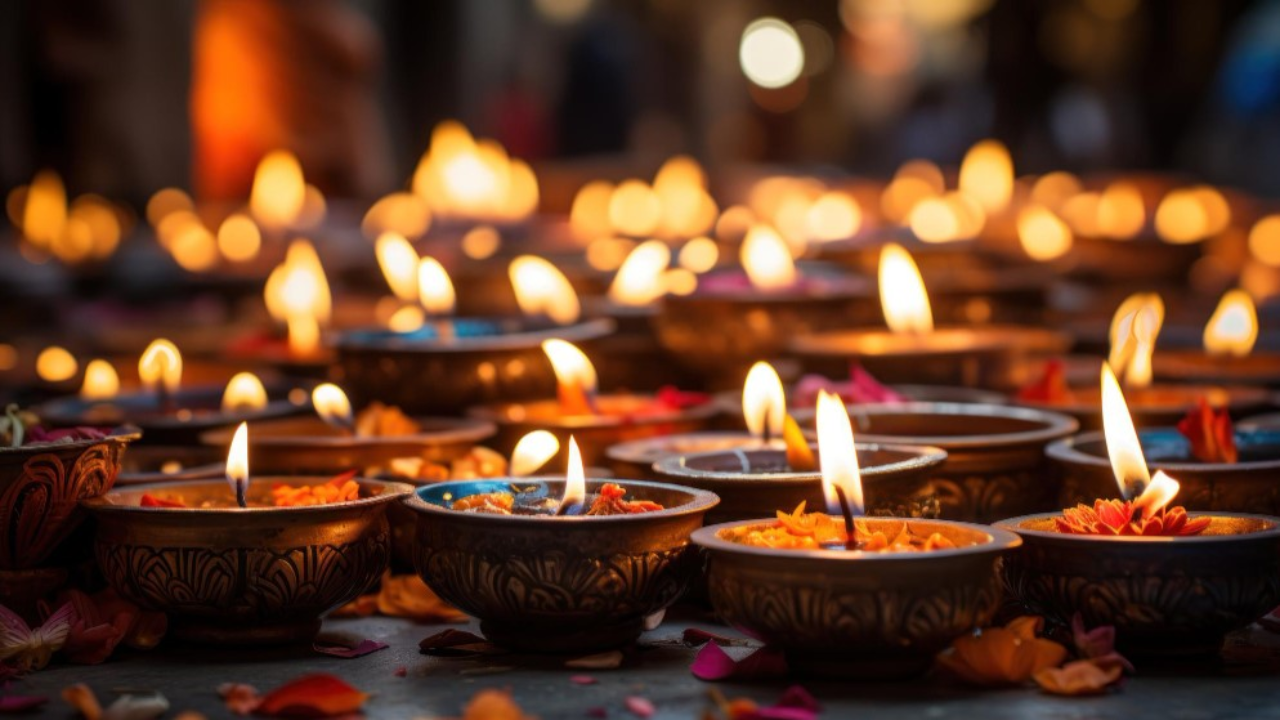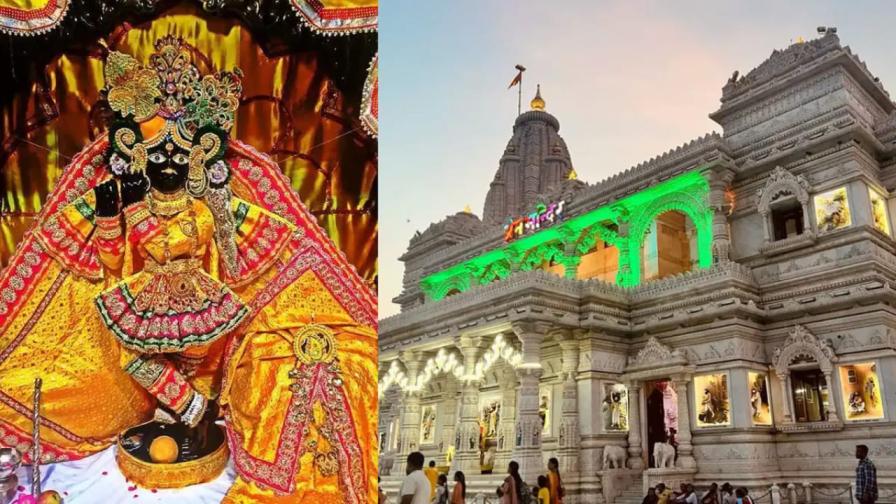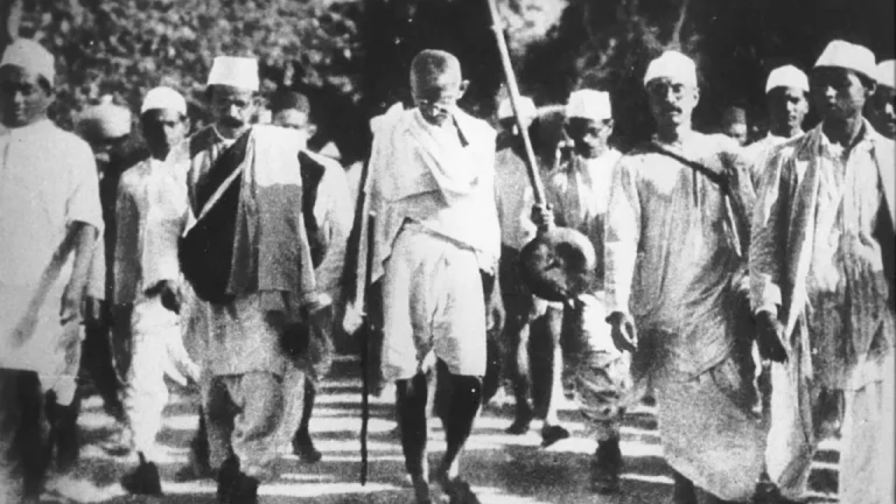Updated on: 26 March, 2025 05:46 PM IST |Amruta Karulkar

Gudi Padwas significance is deeply rooted in both mythology and historical events. Some believe this day marks the creation of the universe by Lord Brahma, signifying the dawn of a new cycle. It also commemorates the triumphant return of Lord Rama to Ayodhya after his victory over Ravana, symbolising the triumph of good over evil. Furthermore, it marks the commencement of the Shalivahana Saka calendar, attributed to the victorious King Shalivahana. These intertwining narratives imbue the festival with profound historical and spiritual meaning.

Cultural Significance and Symbolism
The festival serves as a vibrant celebration of the spring season, embodying new beginnings and the promise of prosperity. It's a time for families to unite, engage in thorough home cleaning and decoration, and partake in traditional customs. The festival's connection to the reaping of Rabi crops also positions it as a harvest festival, highlighting the importance of agriculture in the region.
The Central Symbol: The Gudi
A defining element of Gudi Padwa is the "Gudi," a bamboo staff adorned with a vibrant silk cloth, neem and mango leaves, a floral garland, and an inverted metal pot. This emblem is raised outside homes to signify victory, prosperity, and the warding off of negative influences. It acts as a focal point for the celebration, representing the hopes and aspirations of the household.
Traditional Practices and Rituals
The day commences with ritualistic bathing and meticulous home cleaning. Colourful rangoli designs, intricate patterns made with coloured powders, are drawn at the entrances of houses, symbolising welcome and auspiciousness. The raising of the Gudi is a central ritual, followed by the exchange of well wishes and festive gatherings with family and friends.
Culinary Delights and Festive Foods
Food plays a vital role in Gudi Padwa celebrations. A distinctive preparation of neem leaves, jaggery, and tamarind is often consumed, holding both symbolic and health benefits. Sweet dishes, such as "shrikhand," a creamy yoghurt-based dessert, and "pooran poli," sweet flatbreads filled with lentil paste, are also prepared, adding to the festive atmosphere.














